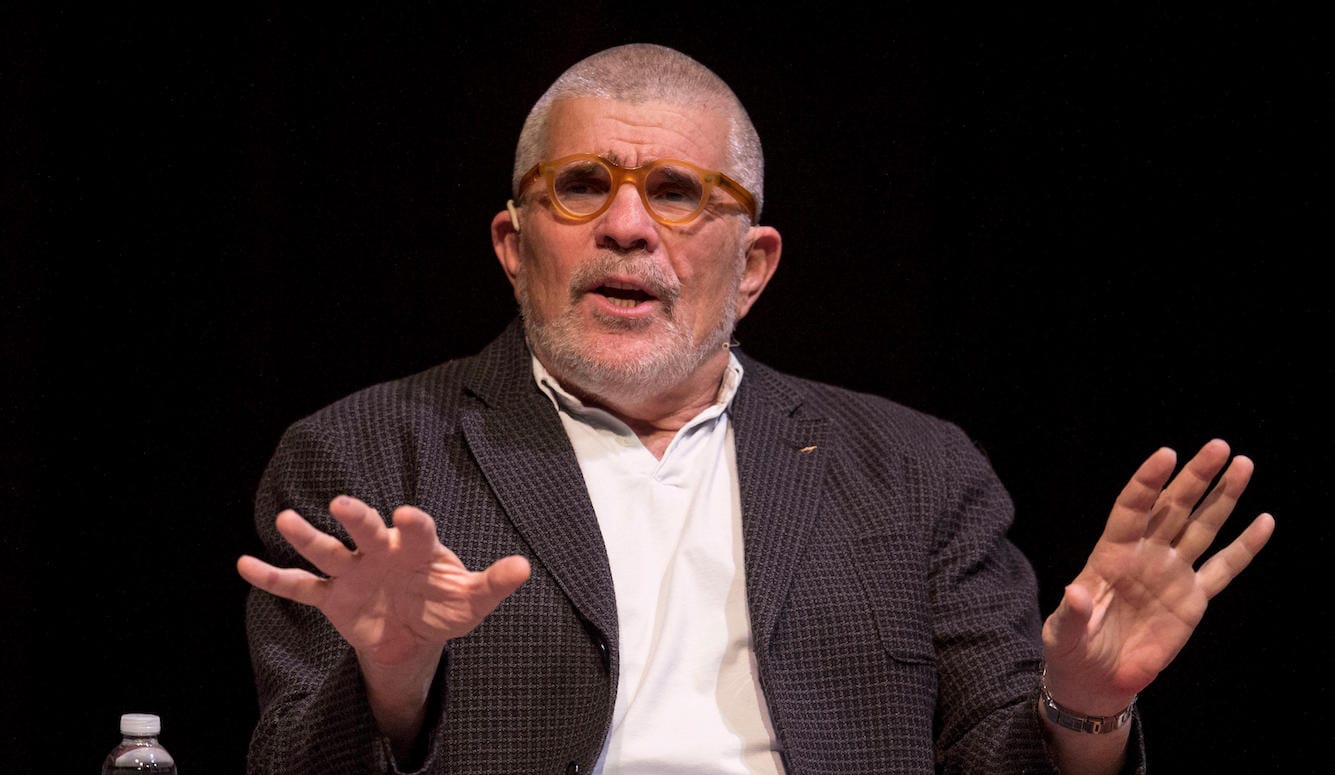Mars
Closer to Mars
If Elon Musk’s ambitious new plans for SpaceX are even partially successful—and it seems likely they will be—we'll be ready to send human crews to Mars within a decade.

Starship recently conducted its ninth test flight. On the previous two test flights, the upper stage vehicle was destroyed during ascent, but this one fared better. However, the booster was destroyed during its landing burn while attempting a soft landing in the ocean, and the ship lost attitude control in space and was not able to complete its test objectives.
There will be more test flights, and likely more failures before the rocket works well enough for use. But as interesting as the test program itself is, Elon Musk gave a presentation after the flight that offered a clear path towards setting up the first city on Mars using his vehicle.
Musk has been promising Mars missions publicly for many years, and the timeline has slipped multiple times. The SpaceX plan to go to Mars can trace its genesis to Robert Zubrin’s Mars Direct plan of 1990, with its use of direct ascent and in-situ propellant manufacture for the return trip. The first time Musk presented his Mars plans to the public was in September 2016 at the International Astronautical Congress in Guadalajara, Mexico. There, he unveiled the first iteration of what would become Starship—at the time, it was known as the Interplanetary Transport Ship (ITS) and was a much larger, twelve-metre diameter vehicle made from carbon fibre. At that point, the proposed timeline was to send a first cargo flight to Mars in 2022, and a first crewed flight in 2024.
There have been a number of Starship updates since then; in 2017 the vehicle became the BFR—Big Falcon Rocket—and was shrunk to its current nine-metre diameter. By the next update in 2019, Musk had switched to stainless steel and the rocket had taken on more or less its current form and name. There were further updates in 2022, 2023, and 2024, largely reflected in the progress of the test program. This brings us to today. SpaceX has just released a presentation detailing the most concrete plans yet for Mars colonisation.





